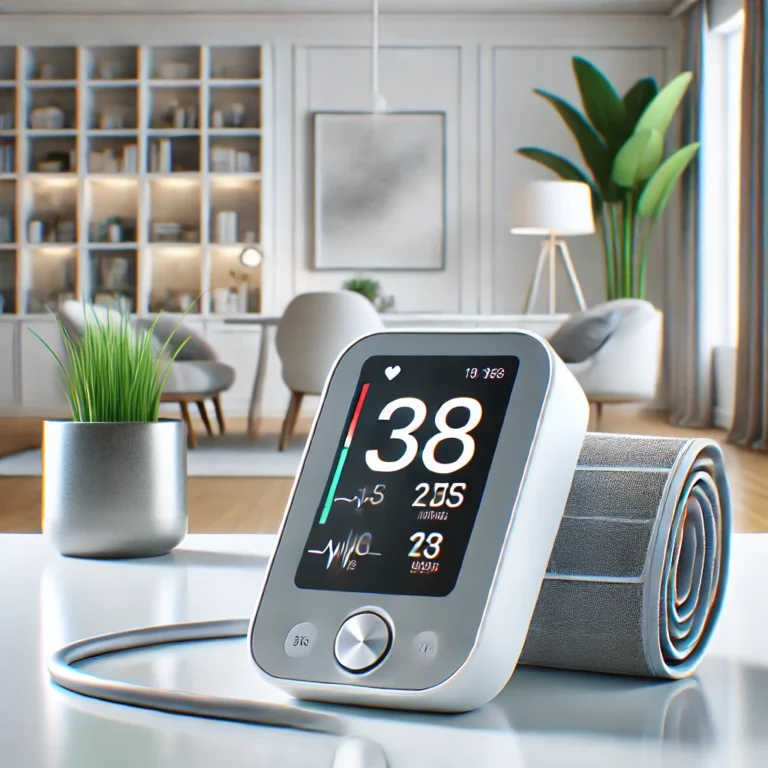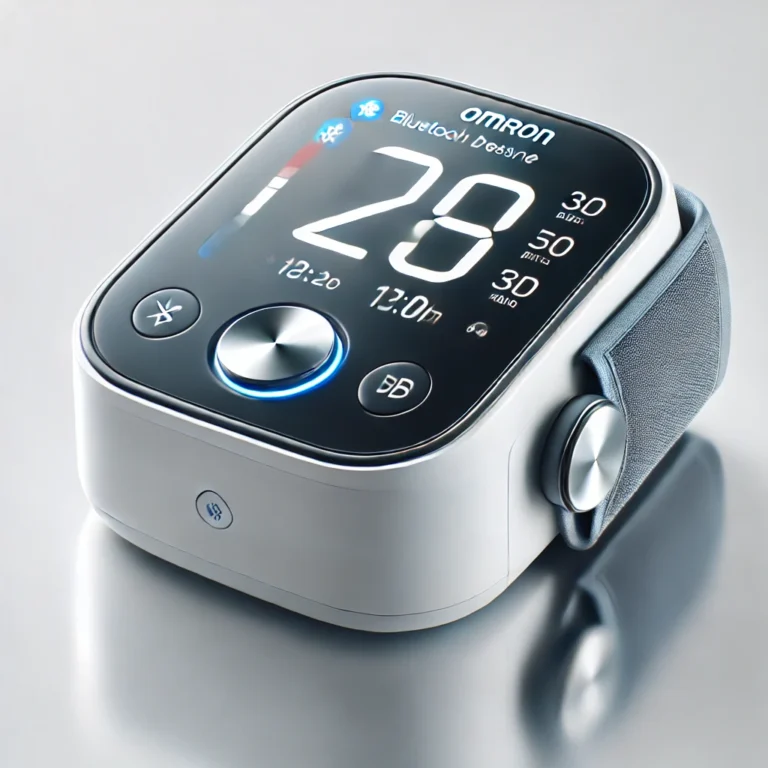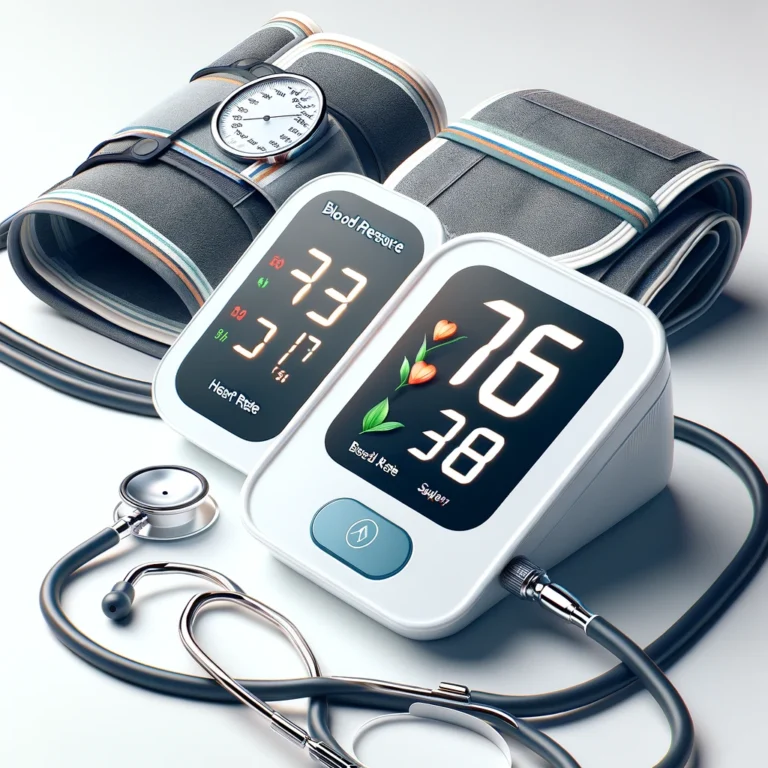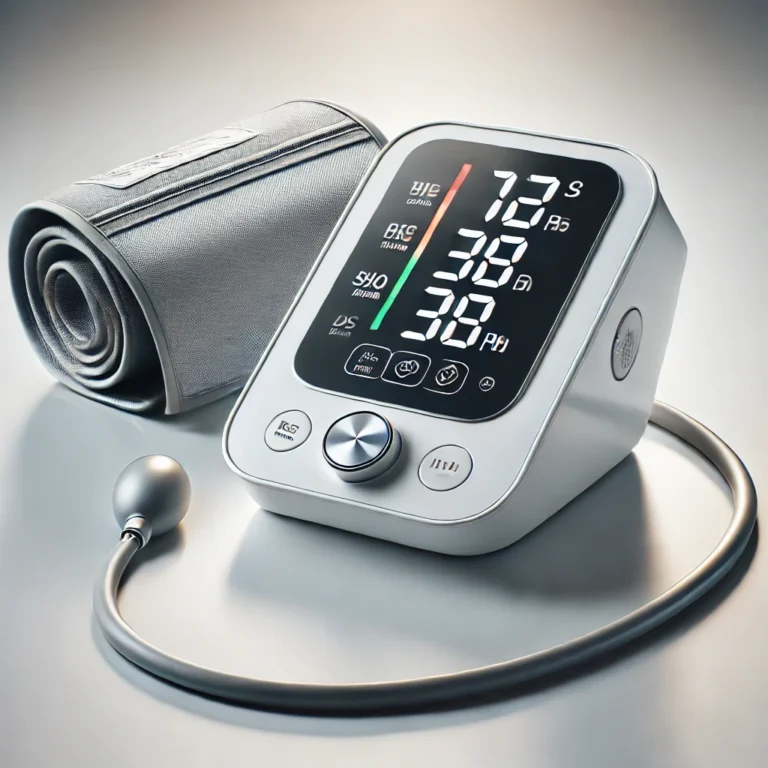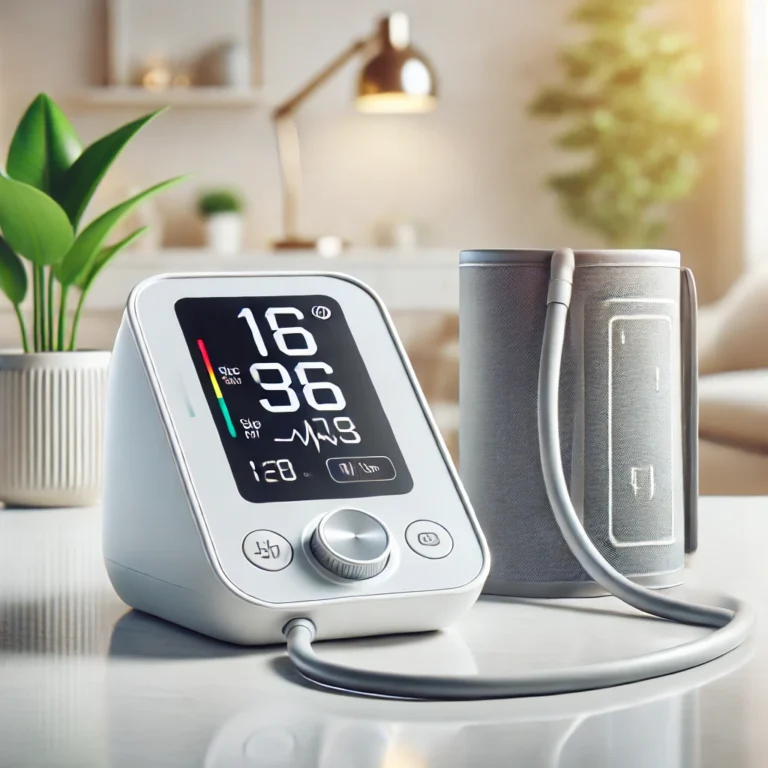Blood Pressure Monitors for Home Use – A Comprehensive Guide
Monitoring your blood pressure at home is one of the simplest yet most impactful steps you can take toward better health. With hypertension affecting millions worldwide and often presenting no symptoms, keeping tabs on your blood pressure ensures you stay proactive about your cardiovascular well-being.
A blood pressure monitor is a device that measures the force of blood against your artery walls as your heart pumps. These devices have become an indispensable tool for individuals managing conditions like hypertension, heart disease, or diabetes. But beyond medical necessity, they’re a valuable tool for anyone aiming to track their health metrics consistently.
In this article, we’ll explore the benefits of home blood pressure monitoring, the features to look for when choosing a device, tips for accurate readings, and some top recommendations. By the end, you’ll have a clear understanding of why investing in a reliable blood pressure monitor is a smart move for your health.
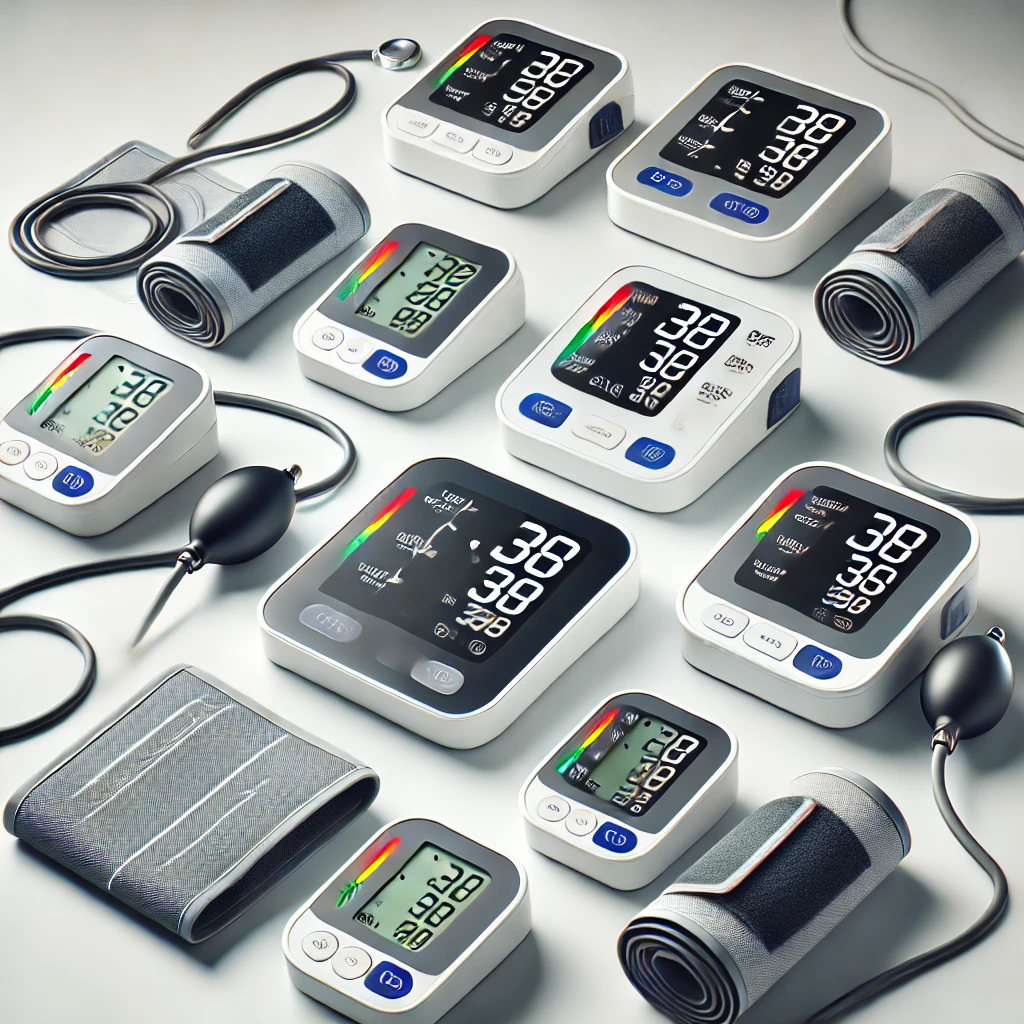
Benefits of Using a Home Blood Pressure Monitor
1. Convenience at Your Fingertips
One of the primary advantages of owning a home blood pressure monitor is its convenience. Regular trips to a clinic or pharmacy for readings can be time-consuming and disruptive. Having a monitor at home allows you to check your blood pressure whenever it suits you—whether it’s first thing in the morning or before bed.
Example: For someone juggling work, family, and personal time, a home monitor removes the hassle of scheduling checkups while ensuring consistent tracking.
2. Early Detection of Health Issues
High blood pressure, often called the “silent killer,” frequently shows no symptoms until complications arise. Regular monitoring can help detect abnormalities early, giving you time to seek medical advice before conditions worsen.
Scenario: Imagine noticing a trend of elevated readings over a week. This early warning could prompt a timely visit to your doctor, preventing long-term damage.
3. Empowerment Through Better Health Management
When you monitor your blood pressure regularly, you gain valuable insights into how lifestyle factors—such as diet, exercise, stress, or medication—affect your numbers. This empowers you to make informed decisions to improve your health.
Example: A person might notice a significant drop in blood pressure after incorporating daily walks and reducing sodium intake, reinforcing positive habits.
4. Reduced White Coat Syndrome
Many individuals experience heightened anxiety during medical visits, leading to artificially high readings—known as white coat syndrome. Monitoring at home eliminates this variable, providing a more accurate representation of your usual blood pressure levels.
5. Supporting Chronic Condition Management
For those with conditions like diabetes or kidney disease, consistent monitoring is critical. Blood pressure data helps healthcare providers adjust medications or treatment plans effectively.
Key Takeaway: A home monitor is more than just a device—it’s a tool that fosters proactive health management, offering peace of mind and actionable insights.
Features to Look for in a Blood Pressure Monitor
Choosing the right blood pressure monitor can feel overwhelming with so many options on the market. Here are the key features to prioritize:
1. Accuracy
Accuracy is non-negotiable when it comes to health devices. Look for monitors validated by reputable organizations such as the American Heart Association (AHA) or European Society of Hypertension (ESH).
Tip: Read user reviews and look for models with consistent praise for precise readings.
2. Ease of Use
A user-friendly design ensures you’ll use the monitor regularly. Key factors to consider include:
Cuff Fit: Ensure the cuff size matches your arm circumference. Many models come with adjustable cuffs.
Display: Look for large, clear screens with straightforward instructions.
One-Touch Operation: Devices with minimal setup and single-button functions are ideal for seniors or beginners.
3. Memory Storage
For tracking trends, opt for monitors with memory storage. Many models store readings for multiple users, making them perfect for households with several individuals monitoring their blood pressure.
Example: A device that stores up to 60 readings per user helps track patterns over months.
4. App Compatibility and Bluetooth Connectivity
Some modern monitors sync with smartphone apps, allowing you to log and analyze your readings effortlessly. Features like graph visualization, reminders, and data sharing with healthcare providers enhance functionality.
5. Additional Features
- Irregular Heartbeat Detection: Alerts you to potential arrhythmias.
- Average Calculation: Provides a more reliable reading by averaging multiple measurements.
- Portability: Compact models are convenient for travel.
Pro Tip: Balance must-have features with your budget to select a monitor that meets your needs without unnecessary extras.
How to Use a Blood Pressure Monitor Correctly
Using a blood pressure monitor might seem straightforward, but following proper techniques ensures accuracy. Here’s a step-by-step guide:
Step 1: Preparation
Avoid caffeine, smoking, or exercise 30 minutes before measurement.
Sit quietly for 5 minutes in a calm environment.
Step 2: Positioning
Sit with your feet flat on the floor and your back supported.
Rest your arm on a table at heart level. Ensure the cuff is snug but not too tight.
Step 3: Taking the Reading
Wrap the cuff around your upper arm (or wrist, for wrist monitors) as per the manufacturer’s instructions.
Press the start button and remain still while the device inflates.
Wait for the reading to display.
Step 4: Recording
Log your readings, noting the time and any factors that might affect results (e.g., stress or activity).
Common Mistakes to Avoid
Incorrect cuff placement.
Measuring over clothing.
Taking readings immediately after eating or exercising.
Tip: For the most accurate picture, measure your blood pressure at the same time daily.
Top Recommendations for Home Blood Pressure Monitors
Here are some trusted blood pressure monitors to consider:
1. Omron Platinum Blood Pressure Monitor
Features: High accuracy, Bluetooth connectivity, large memory storage, irregular heartbeat detection.
Why It’s Great: Trusted by healthcare professionals, this model offers comprehensive features suitable for advanced users.
2. Beurer BM55 Upper Arm Monitor
Features: Illuminated display, irregular heart rhythm detection, and USB connectivity.
Why It’s Great: Its sleek design and ease of use make it a great choice for tech-savvy users.
3. Withings BPM Connect
Features: Compact design, app integration, Wi-Fi syncing.
Why It’s Great: Ideal for frequent travelers or those who want seamless data tracking.
4. Greater Goods Smart Blood Pressure Monitor
Features: Budget-friendly, Bluetooth-compatible, stores up to 60 readings.
Why It’s Great: Perfect for individuals seeking affordability without compromising quality.
Pro Tip: Always cross-check reviews and consider customer support options before purchasing.
Conclusion
Investing in a reliable blood pressure monitor for home use is a simple yet powerful way to take control of your health. These devices offer convenience, accuracy, and actionable insights, making them an essential tool for anyone aiming to stay ahead of potential health issues. By understanding what features to prioritize and how to use them correctly, you can maximize the benefits of home blood pressure monitoring.
Whether you’re managing a chronic condition or simply keeping tabs on your cardiovascular health, the peace of mind and empowerment these monitors provide are invaluable. Take the first step today and equip yourself with the knowledge and tools to lead a healthier life.
